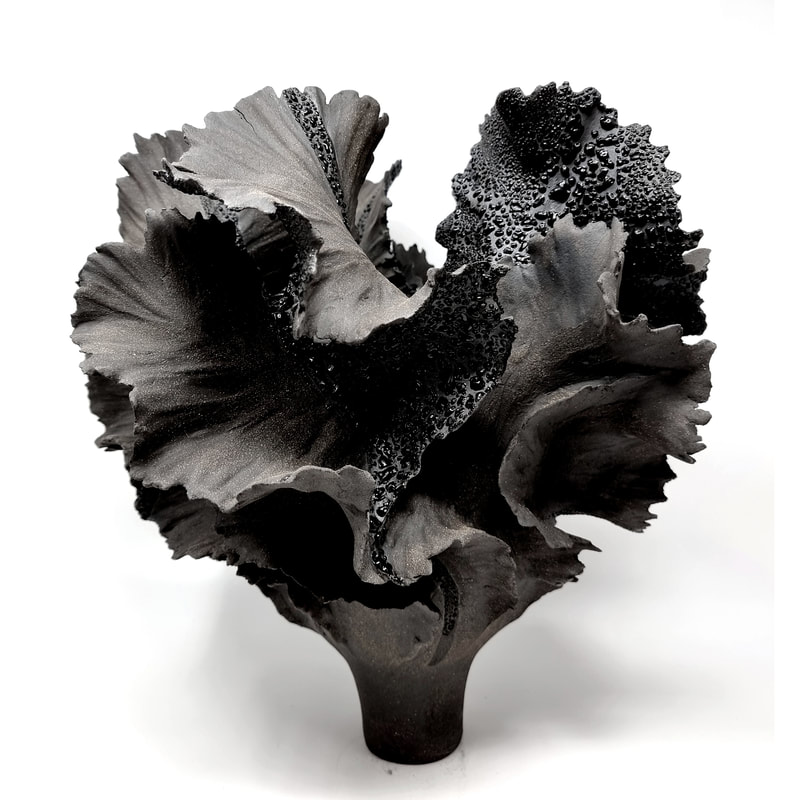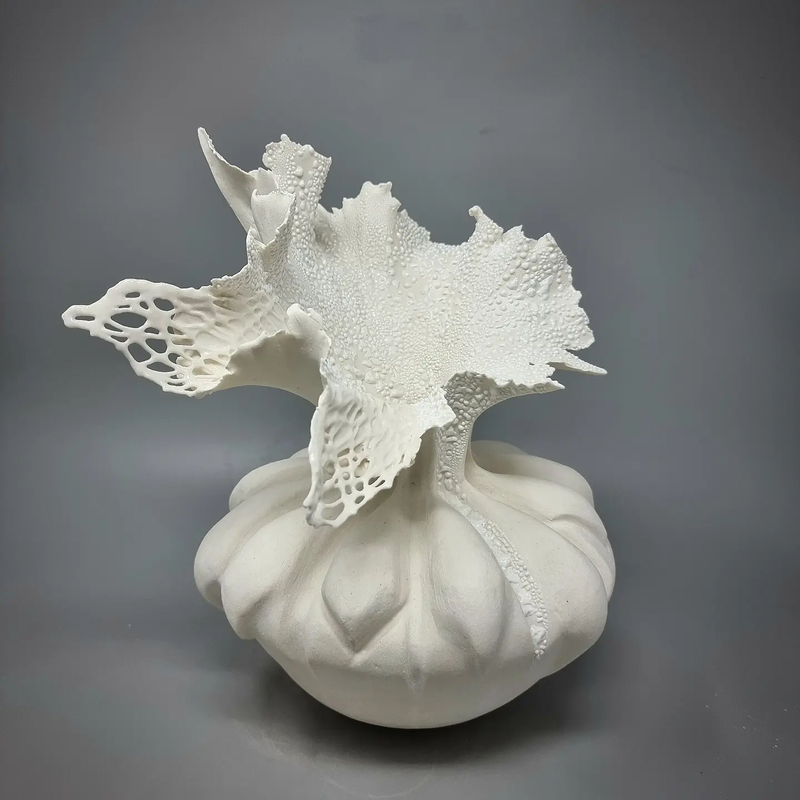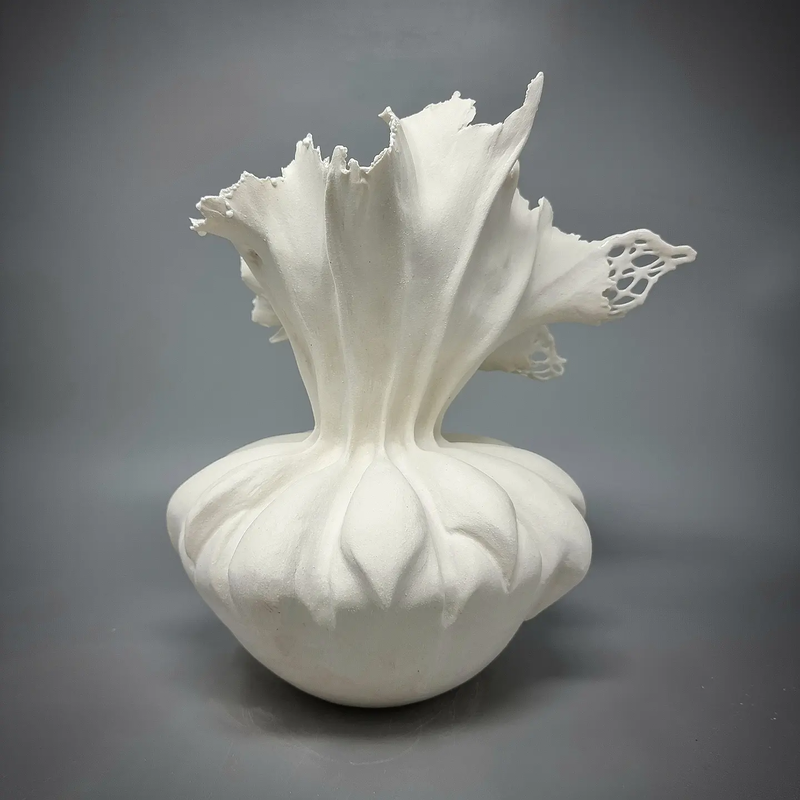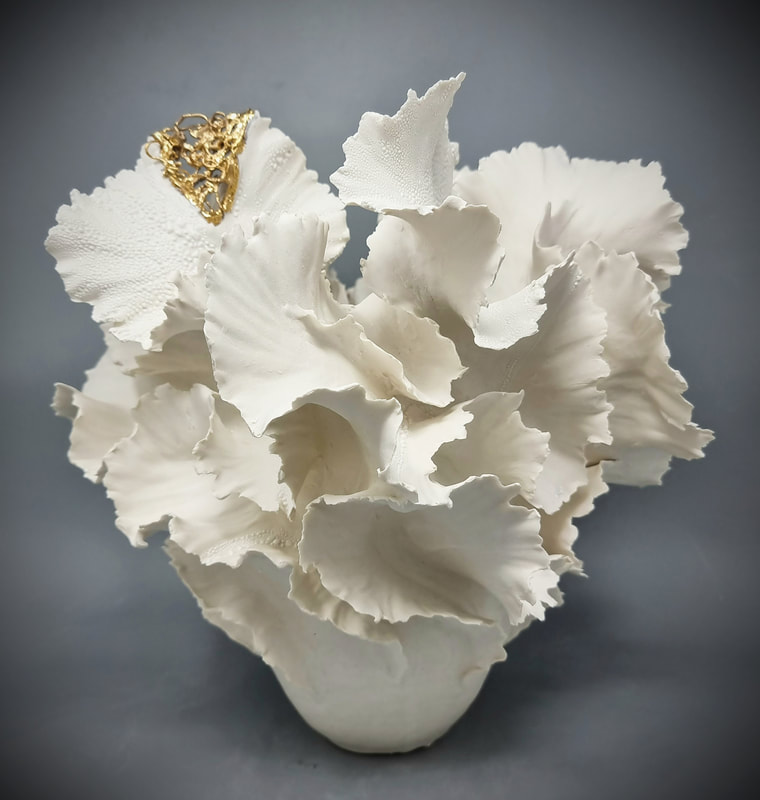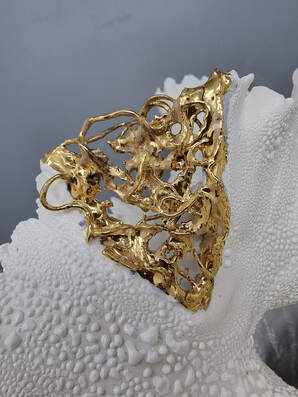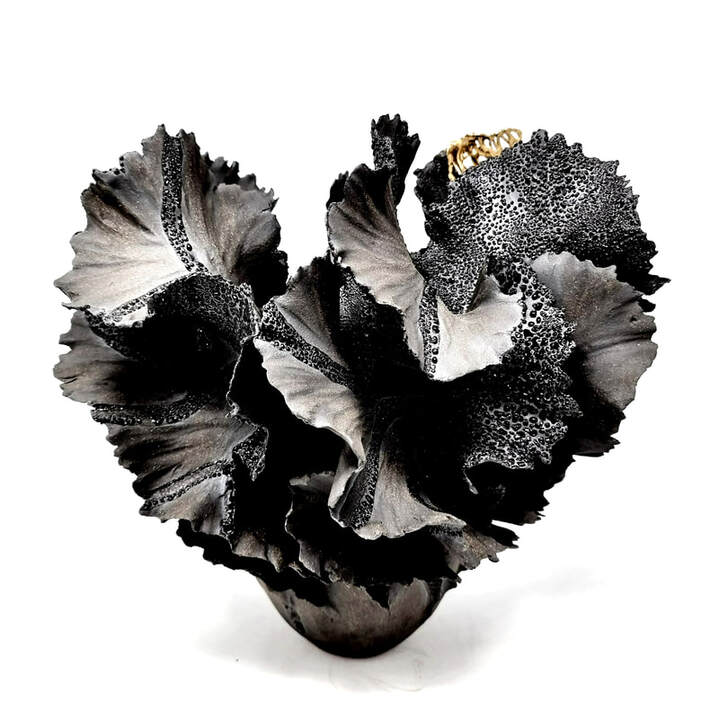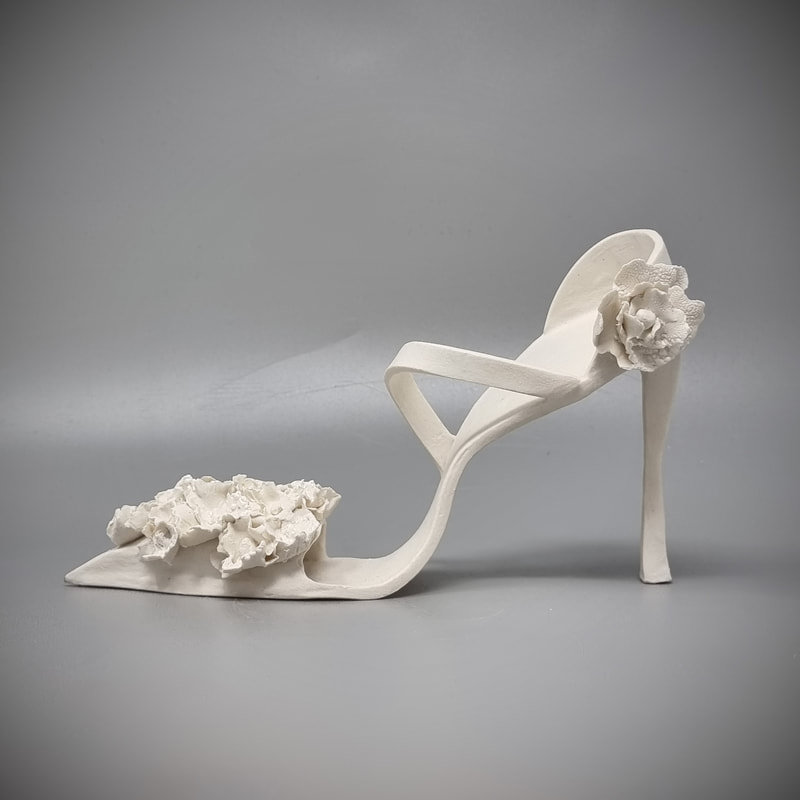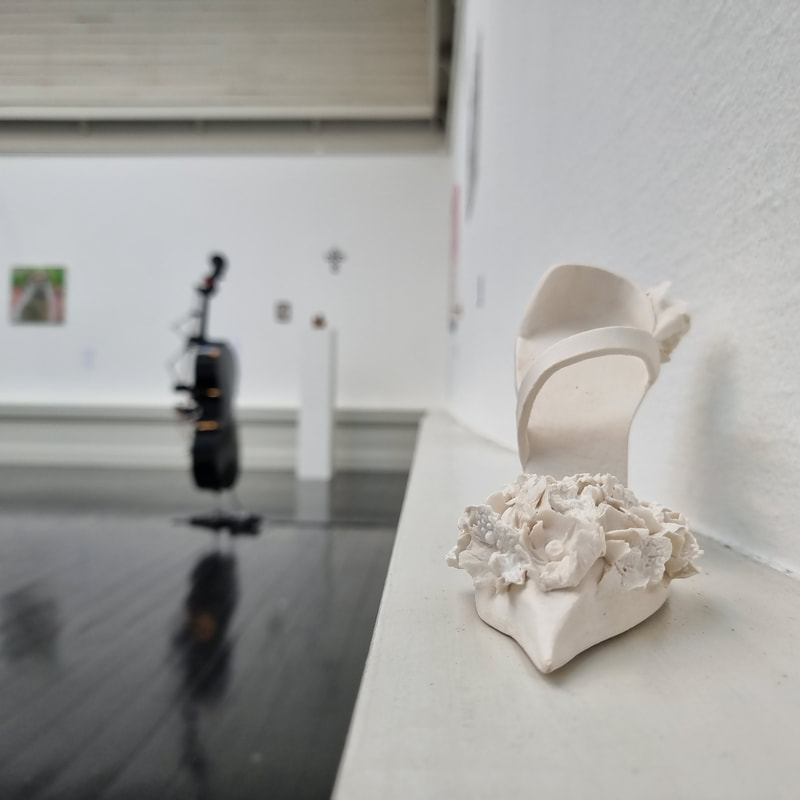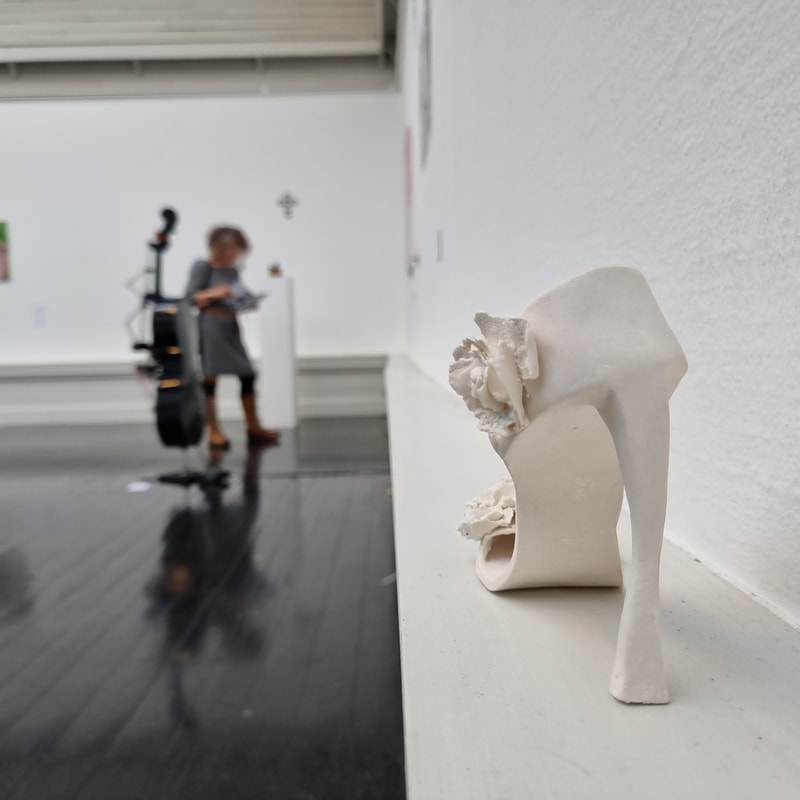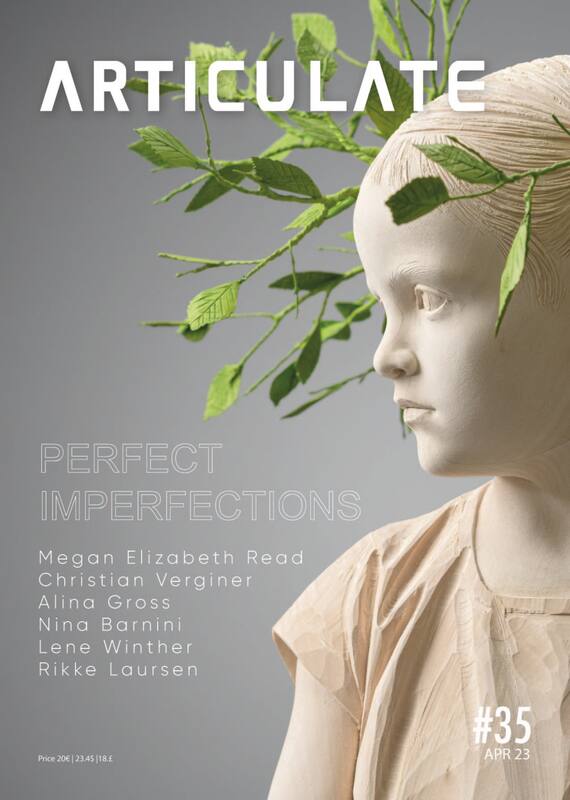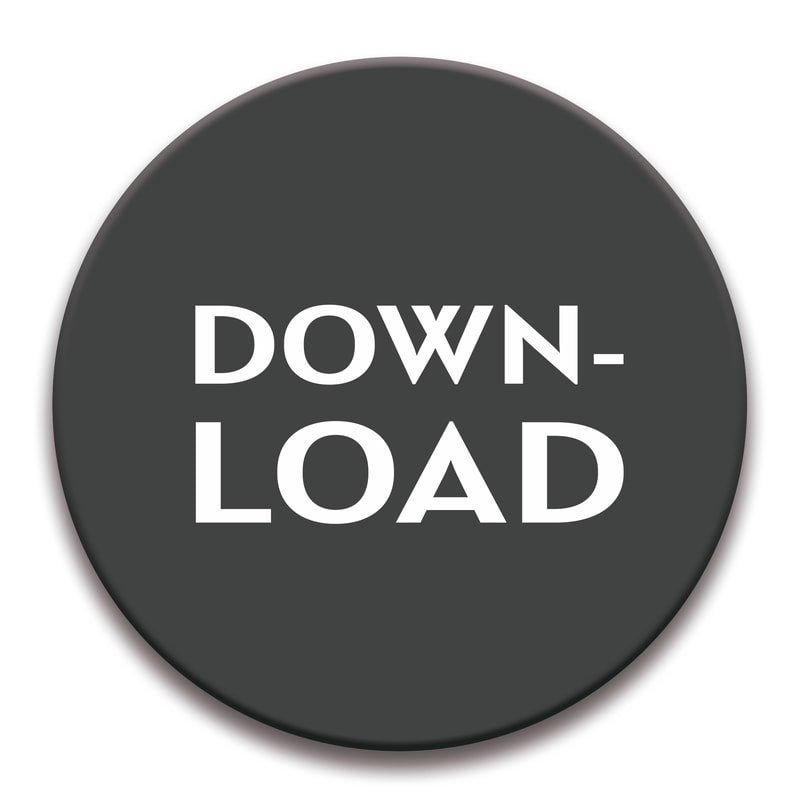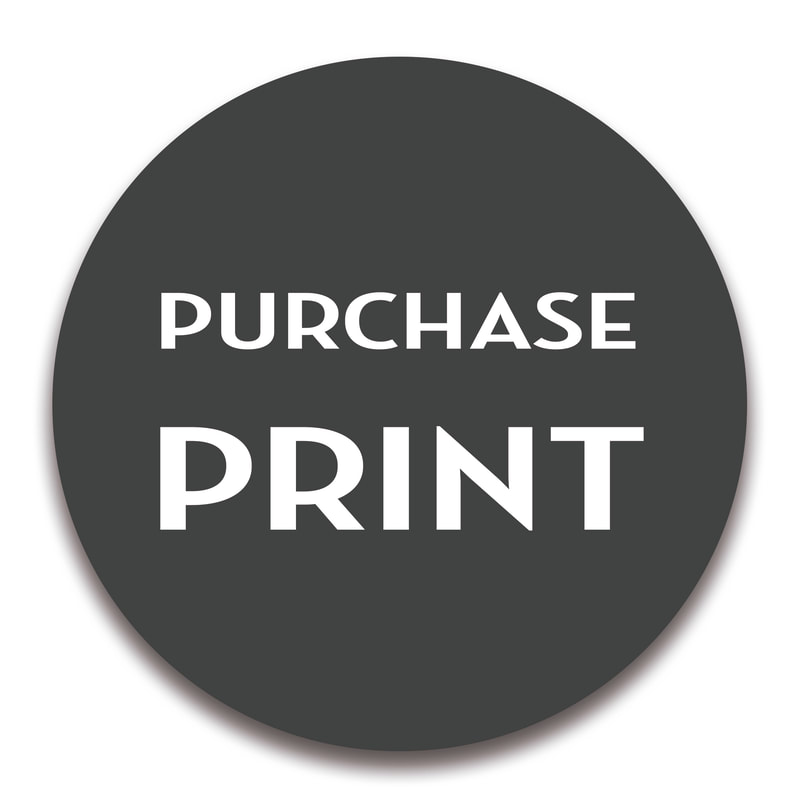To the Danish ceramic artist Rikke Laursen, her own ambitions, her desire and willingness to investigate and be self-critical drives her forward, expanding her artistic vocabulary. |
an interview by Carmen Line Hust
We have had a talk with the talented Danish ceramic artist Rikke Laursen about her process and progress, keeping her with a sharp discipline to always evolve. From where is your drive generated, in regards to your artistic work?
In general, the desire to be creative is not something that comes from a specific place, it is an inner urge that just "is". More specifically, in relation to the desire to create, my drive comes largely from the fact that I know I can improve. My work can become visually more exciting, technically more challenging, more artistic and all in all just "more" and "better". My own ambitions, my desire and willingness to investigate and be self-critical drive me forward. What I do today is "fine", but I also know that my work is constantly getting better. I'm not at the "goal" at all, and while I think I can land in a place where I'm even more happy and proud of my works, I don't imagine that I can reach a place where I think that "so, now I'm fully developed. Here I will stand”. It's not me at all. There is nothing in art that bores me like repetition. And there is nothing about other artists that can disappoint me as much as when artists I was initially excited about do not develop at all over a period of 3-5 years. There must be some form of development or progress, otherwise it’s just a production, in my eyes. Maybe a high-level production, but still just production. Then you might as well work at a chicken factory. My desire for change in my work has always moved me forward. This is probably also why I have been both chief legal officer, estate agent, self-employed, worked with prostitutes, sold turnkey contracts and now make ceramics, all this within the last 15 years. In all fairness, however, it must be said that I have been making art all these years. Art as a parallel with my other career. And that is what I now make a living from. I never intend to let it go. I’m settled, but I have to move on. The sky is the limit. How did you develop your artistic vocabulary?
My best bet is that I have practiced, and not least the courage to take risks. I'm not the type to wear a waist belt and braces when I work in my profession. On the contrary, I can find it difficult to understand when others, before trying something, must first ask others for advice, read everything scientifically and then just ask others one more time before they throw themselves into a new project or technique, they do not yet know. That's not how I work at all. I just do it. Often that approach comes at a price. Namely, that it did not succeed. My very pronounced willingness to take risks means that a piece that has taken 30 hours to make can literally go up in smoke because something in the method has not been correct. It can be very difficult to open the kiln and learn that lesson. But it's also both fun and useful knowledge, which is why I progress quickly. How I have come up with "my style", on the other hand, is completely impossible for me to answer. Actually, I just think that I made some more simplified works in the idiom that currently characterizes my work, and since I liked it and at the same time saw that it "worked", I quite naturally worked on it further developing its expression. Having said that, I am constantly working on finding a completely different type of idiom than the feminine, organic idiom I have now. I really want to create a collection with a raw, masculine expression. It's coming. Do you work with a project-minded approach, or does the themes of your work evolve in a more dynamic way?
My work has so far not been theme-based. The development of different sculptures and expressions has been a natural extension of my own need to keep creating something new without any overall direction. One simple theme, however, I cannot avoid is that I have a natural urge to investigate how much I can squeeze the lemon in relation to clay as a material. How thin can it be, how much can I bend it and what can I mix in the clay from other materials such as fabric, yarn, thread and chemistry to get great results. The extremes are the most exciting to work with. It can be seen on my kiln. It is only 2 years old, but could be 70 years old. It's because works explode or topple over when you experiment and it goes wrong. But I have learned SO much. However, the issue of working from a theme is actually quite relevant to me right now. There is a collection on the way which is completely different from what I have done in the past. I usually don't give my works titles or descriptions. They are simply numbered, and then it is indicated which collection they belong to. The works that are on the way have a meaning. They are based on feelings, experiences and thoughts that affect me personally. They will be given titles - and a personal story is addressed to each individual work. Both visually and conceptually, they will surprise my followers. At the same time, they will have the same fragility as my current works, so the persistent follower will be able to see that it is a work by "Rikke Laursen". I am very much looking forward to bringing these works to life, and also to put them on display. At the same time, it is also a bit sensitive, because I give something very personal of myself in each individual work. This new project is actually the only one that has had a "theme", namely that it is personal and has a story. But it's also super cool, and I'm looking forward to it. What is your preferred media and why?
I make a lot of white works and they are all made in paper porcelain. It is a great material to work with in every way. It likes to “act up” a bit, and almost always creates small superficial cracks, which have now become part of my visual expression, but in terms of wanting to investigate more experimental design, it is absolutely brilliant because it can withstand extremely much. It is the only type of clay I know where, after the work has been fired in the kiln, you can put new clay on the finished work, continue working with the fired piece, and then burn the "new work" again. It's so crazy that even though I know you can do this, it almost feels too amazing to be true. When I work so much with the white, feminine expression, it is because of this clay. I also love coarse clay, black clay, brown clay, red clay and gray clay. In fact, in many ways, visually, I like the colored coarse clay better. These clay types just can't do the same, so the limits are reached faster with these clay types. Are your works pre-thought or do they emerge by their own? When I make new sculptures, they often start with a rough sketch that I have in my head. I almost never have an idea for a finished work, mostly I just have an idea for a new basic form that needs to be built on or an idea for how, for example, the lower or upper part of a work should look. The rest occurs when I sit with the clay in my hands. Without it sounding too strange, the clay also has a life of its own. When you sit with it, sometimes it wants to move in a certain direction, or maybe it bends or breaks at times you didn't anticipate. When my students experience this, they experience this as a "mistake" on their part, while I call it a "gift" as the clay in that way leave its own footprint to the work, and it can actually be super cool because things emerge, you couldn't have come up with yourself. In addition, my works are sculptures, which must be able to act as final works, and not just follow an idea. Therefore, for me, it is often about constantly relating to the work and assessing what makes it seem like a work. And it is only something that can be assessed in the process, and not in advance. Not for me anyway. If you should mention an artist(s) that influence your work/draws your attention, who would it be and why?
There is not a single or particular type of potter that inspires me. Of Danish ceramicists, I can mention Alan Waring (b. 1967) as an inspiration. His sculptures are of wild animals such as monkeys, hippos, elephants, etc. His work is something completely different from mine. But he is an inspiration because his works are so insanely beautiful, not just from a distance, but right down to the detail. His extreme eye for detail is first and foremost impressive, but also inspiring. You probably wouldn't believe it when you see my works, but I'm not overly detail-oriented myself. For me, it's more about the work in its entirety . Does the piece function as a sculptural entity? If yes. Then I'm happy, and then I don't care too much about whether there is a small piece of clay or a small offensive crack. For me, it doesn't matter that you can see that it was a person and not a factory that made it. It's part of my expression and I'm fine with that. In fact, I get mad and irritated if too much perfection comes over my work. It's just not me. Nevertheless, I can be impressed by the fact that others are both willing and able to be detail-oriented to the extreme.
|
SUPPORTARTICULATE
www.articulate.nu SUPPORT Monday - Friday 8:00 - 16:00 [email protected] +45 30 48 19 81 Head Quarters VAT DK40953191 |
|

